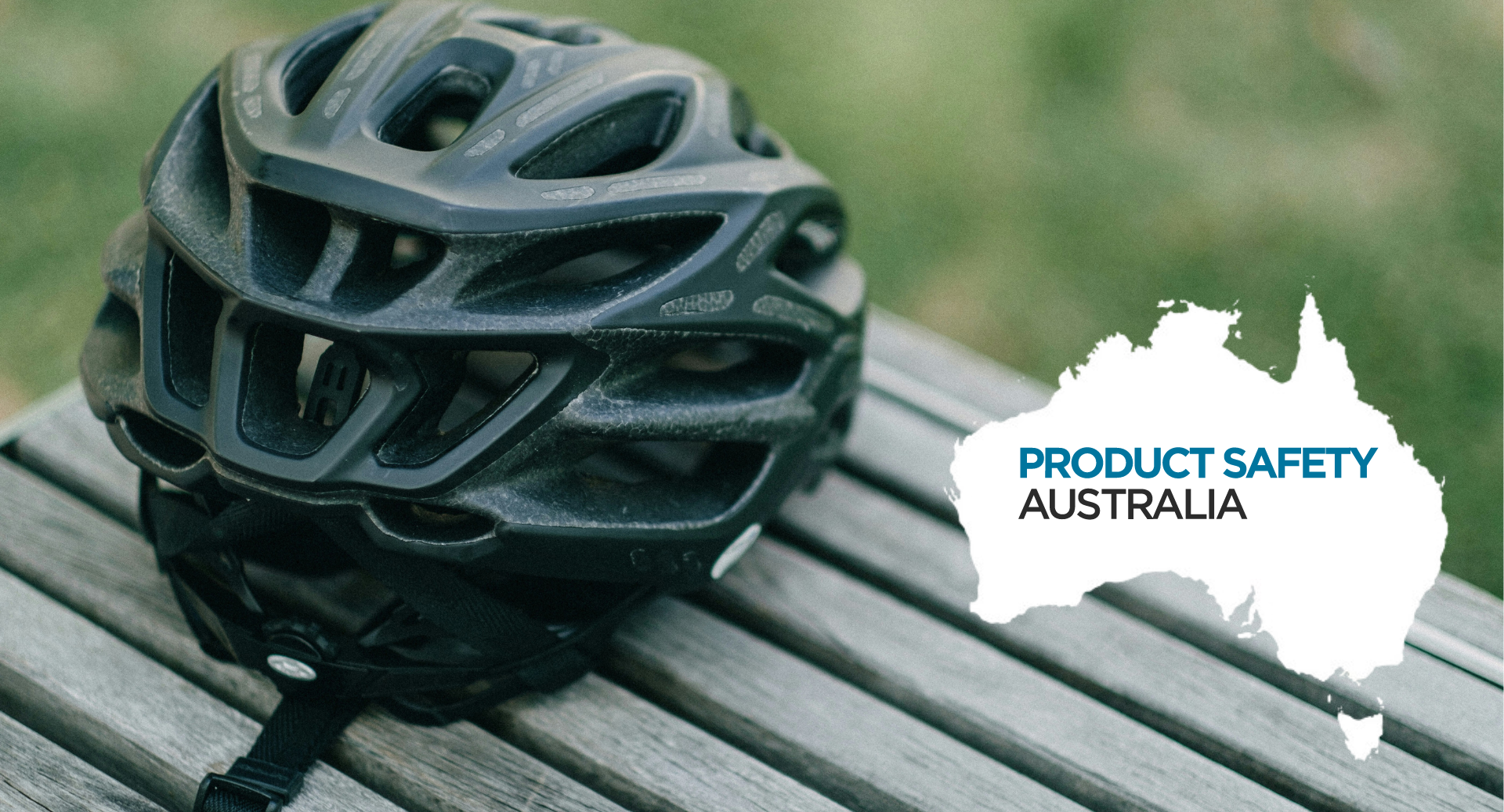Helmets are one of the most important pieces of protective gear for anyone engaged in activities that carry the risk of head injury. From cycling to football, motorcycle riding to construction work, helmets are designed to protect the head and brain from impact and injury. However, not all helmets are created equal, and it’s critical to ensure that the helmet you’re wearing meets the necessary safety standards.
In this article, we will cover different types of helmet safety testing and what you need to know before going to market with a helmet product.
Bicycle Helmets
Bicycle helmets are specifically designed to protect the head and brain from impact during cycling accidents. A bicycle helmet typically consists of an outer shell made of a hard plastic material, an inner layer of shock-absorbing foam, and a chin strap to keep the helmet securely in place.
Helmet testing for bicycle helmets includes a range of tests, such as impact testing, retention system testing, and penetration testing. Impact testing involves dropping a weighted object onto the helmet from various heights and angles to simulate the types of impacts that can occur during a crash. Retention system testing evaluates the strength and effectiveness of the helmet’s chin strap, while penetration testing evaluates the helmet’s ability to resist penetration by sharp objects.
In the United States, bicycle helmet testing is regulated by the Consumer Product Safety Commission (CPSC). Every bicycle helmet is required to meet the CPSC 1203 standard.
Motorcycle Helmet Safety Testing
In the United States, motorcycle helmets must be DOT (Department of Transportation) certified in order to be legally sold and used on public roads.
The DOT certification process involves testing helmets to ensure that they meet certain safety standards set by the federal government. These standards include requirements for impact resistance, penetration resistance, retention system strength, and field of vision.
Other certifications that are voluntary or may be necessary for other markets include:
- ECE
- SNELL
- FIM
Sport Helmets
Helmets are a requirement for a variety of sports including baseball, football, and hockey. It is crucial to test these products with the types of impacts they will receive during gameplay.
Helmet testing for sports helmets includes similar tests to those used for bicycle helmets, such as impact testing, retention system testing, and penetration testing. Sports helmets may also undergo testing to evaluate their ability to withstand rotational forces, which can cause brain injury.
Work Helmets
The Occupational Safety and Health Administration (OSHA) is in charge of standards for helmets that are used in the workplace. Safety helmets are used in a variety of industries in which workers are potentially exposed to hazards, such as construction.
The current standards for workplace helmets include:
- 29 CFR 1910.135: Governs safety helmet requirements for general industry workers
- 29 CFR 1926.100: Refers to head protection requirements for construction, demolition, and renovation workers
Safety testing for workplace helmets can include impact testing, penetration testing, flammability testing, and chemical resistance testing.
About ACT-LAB
ACT-LAB is an ISO/IEC 17025 accredited laboratory that conducts consumer product safety and compliance testing for an active world. We can help ensure that your products both meet industry standards and are inspected to ensure the utmost quality.
To learn more about our tests contact us today.
Read more about our accreditations here.
 ISO/IEC 17025 Accredited Independent Testing Laboratory
ISO/IEC 17025 Accredited Independent Testing Laboratory








